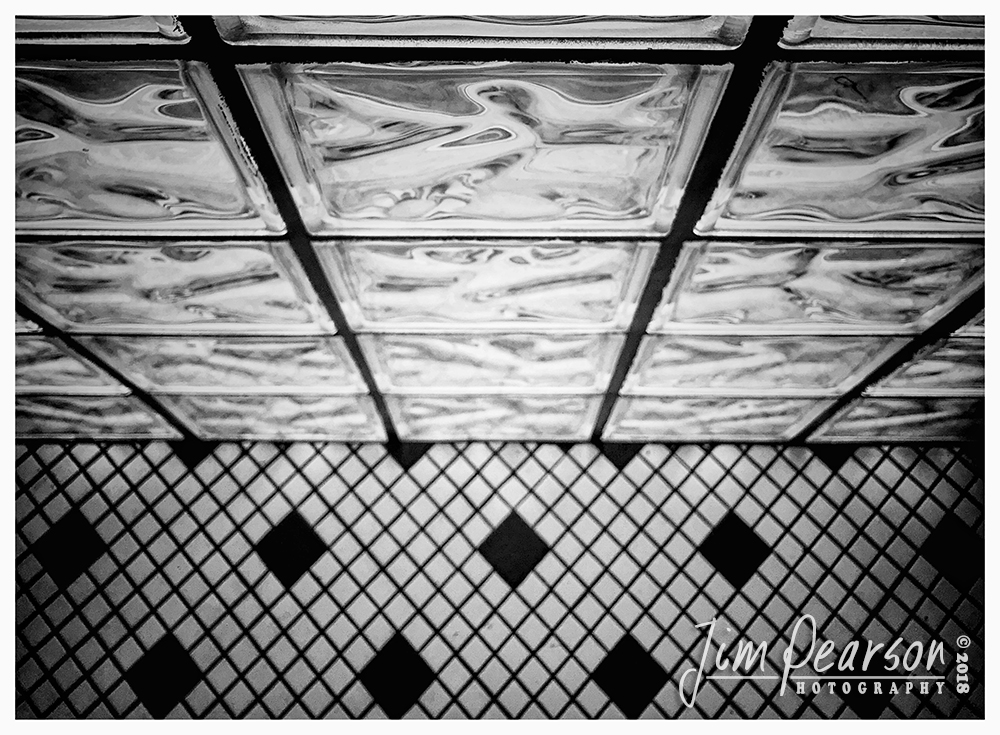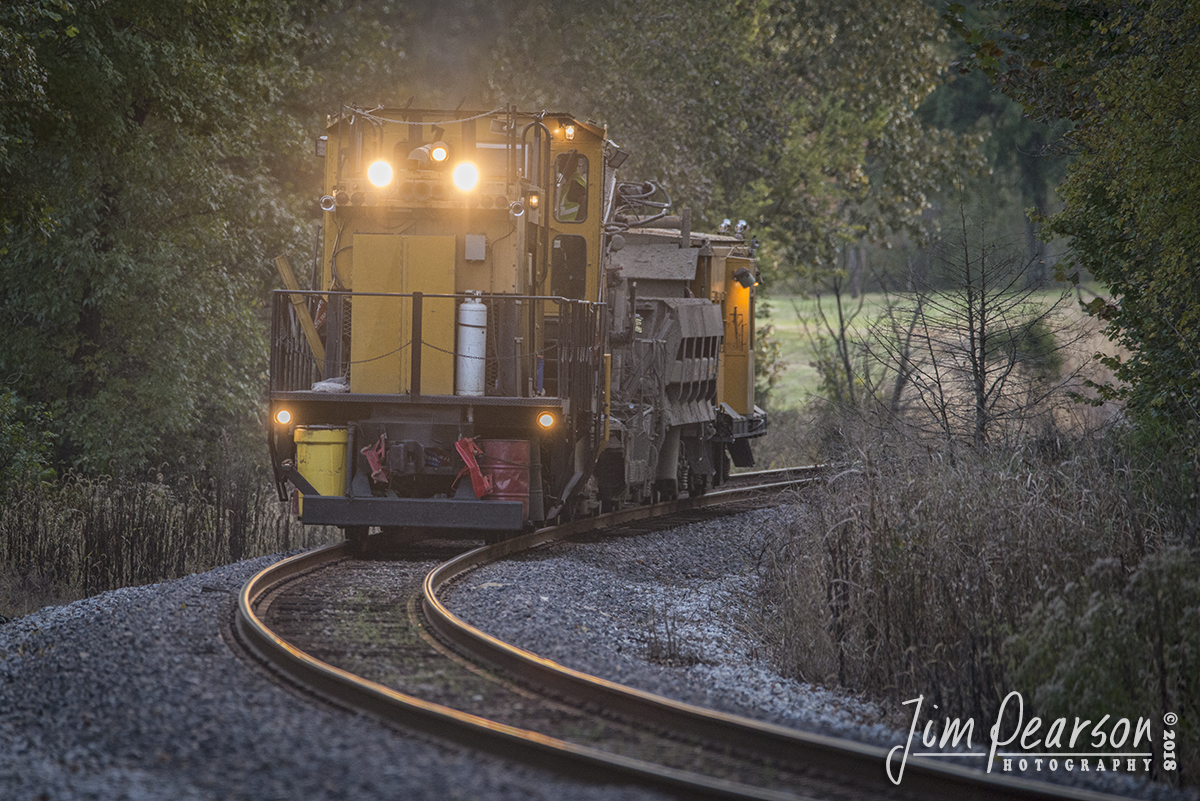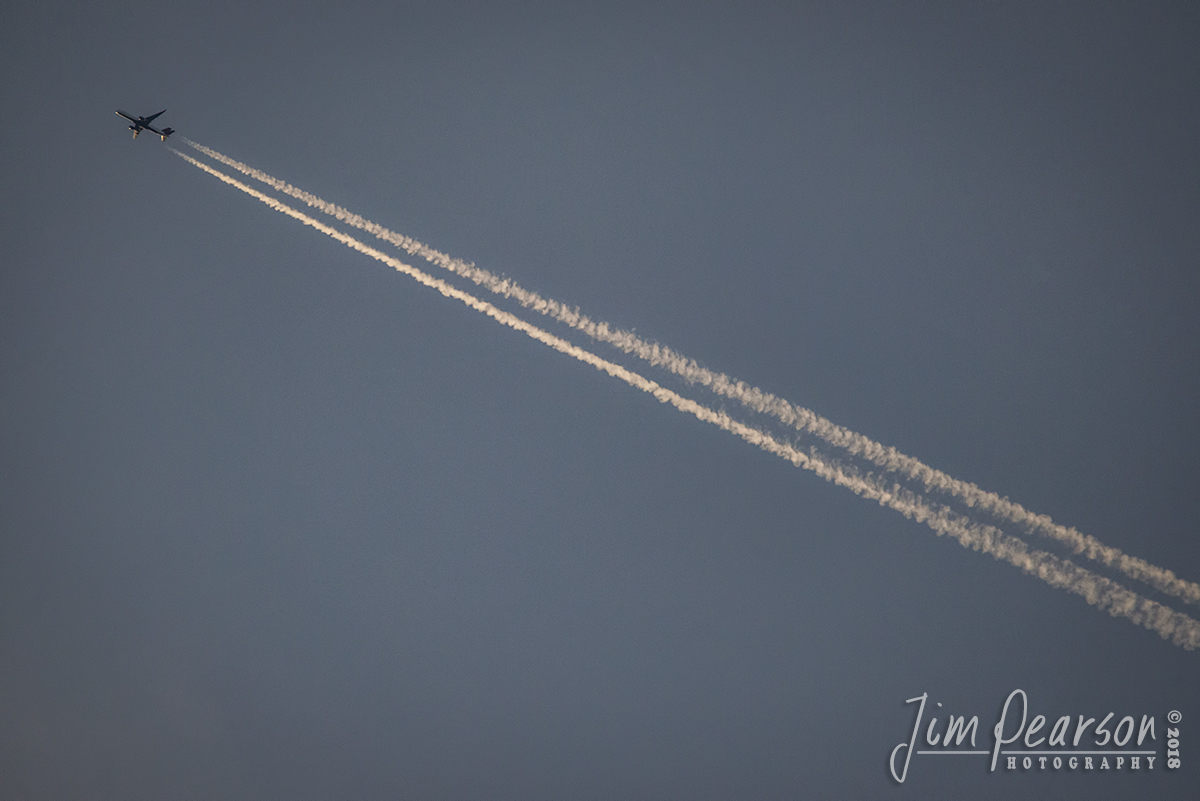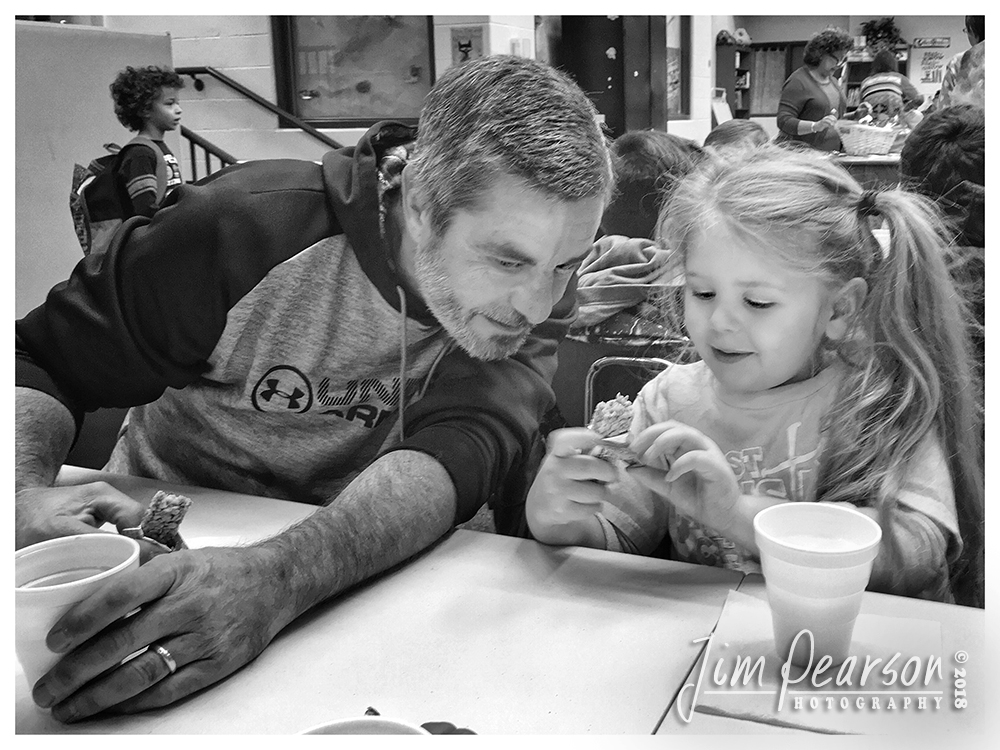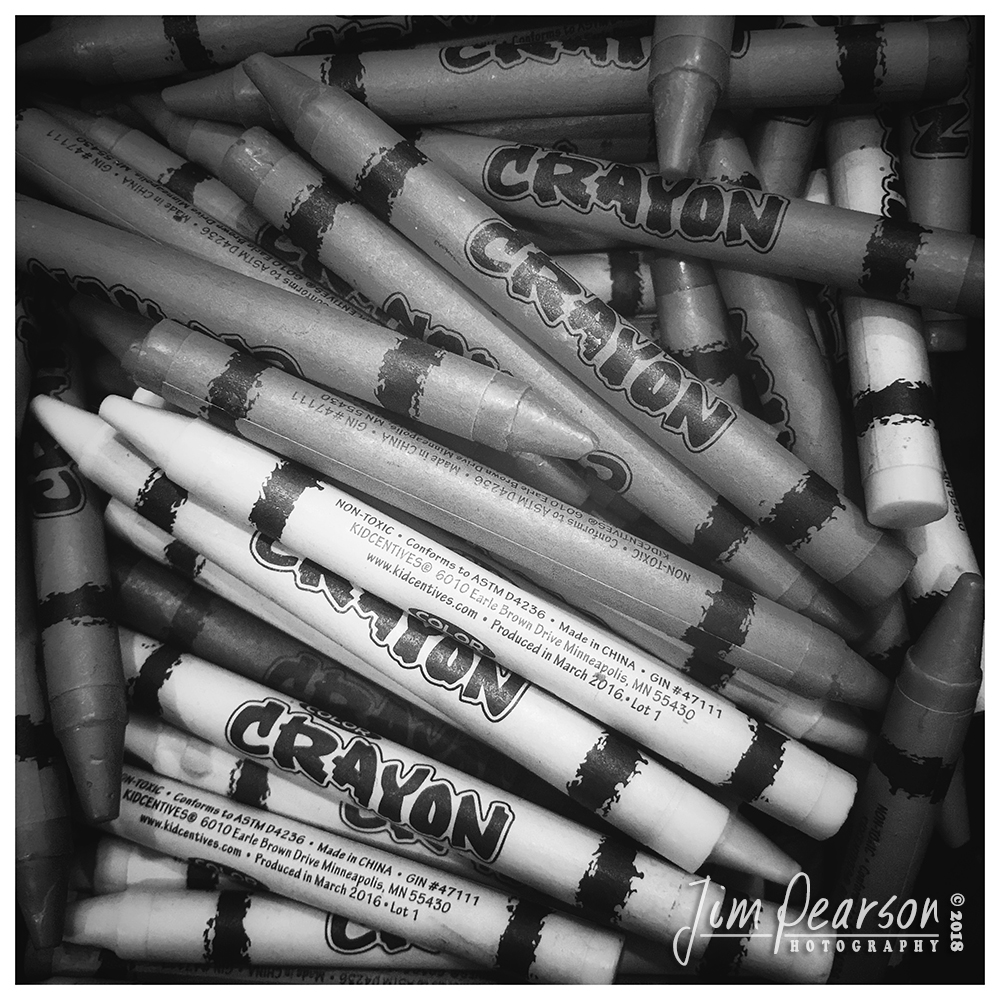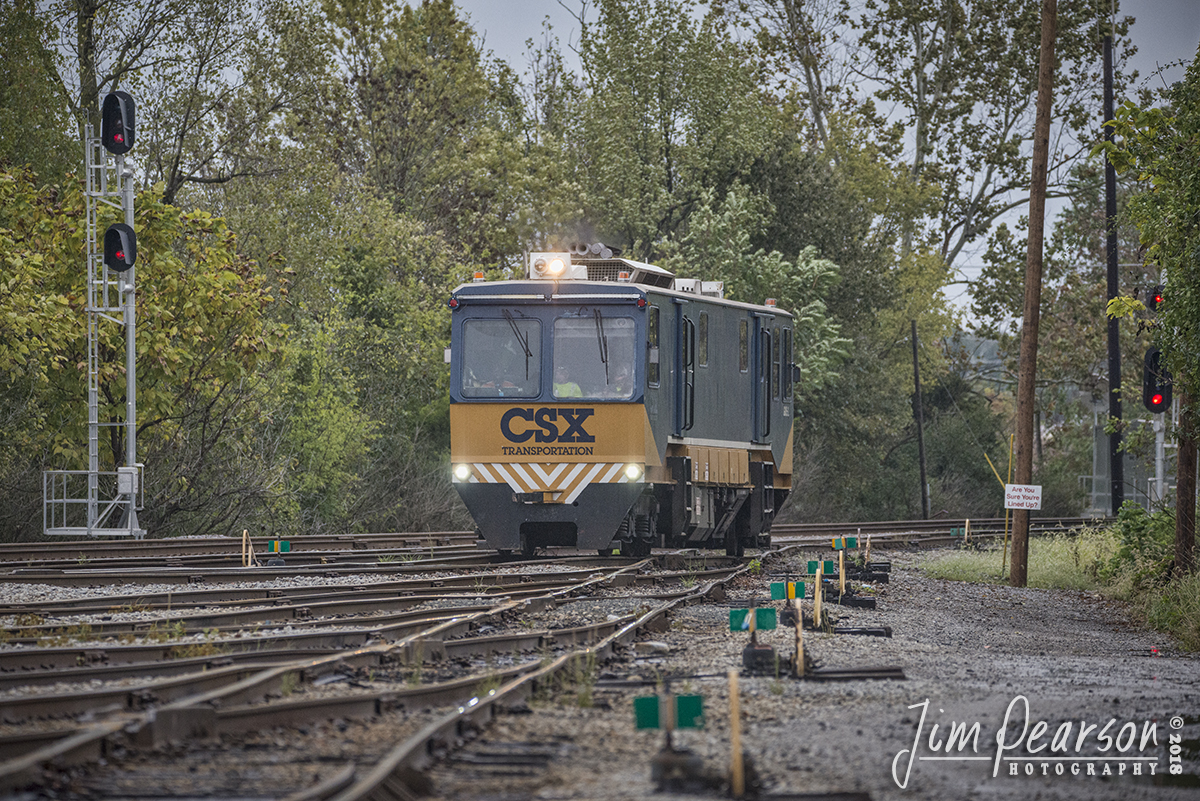October 24, 2018 – CIT CEFX 115, ex-San Luis & Rio Grande…

October 24, 2018 – CIT CEFX 115, ex-San Luis & Rio Grande, brings up the rear on CSX Q647’s power consist, as it heads through the north end of Anaconda, on it’s way south along the Henderson Subdivision on track 1, from Robards, Ky.
According to Wikipedia: The San Luis and Rio Grande Railroad is a class III railroad operating in Colorado. The SLRG began operations in 2003 using 154 miles of former Denver and Rio Grande Western Railroad tracks on three lines radiating from Alamosa, Colorado. – #jimstrainphotos #kentuckyrailroads #trains #nikond800 #railroad #railroads #train #railways #railway #csx #csxrailroad
October 21, 2018 – Day 356 – iPhone 7 Plus Daily B/W Photo Challenge – Jeremiah
October 24, 2018 – LoRam DC-2 Ditch Cleaner…
October 22, 2018 – Day 357 – iPhone 7 Plus Daily B/W Photo Challenge – Ice Cream!!
October 17, 2018 – BNSF Railway 8762…
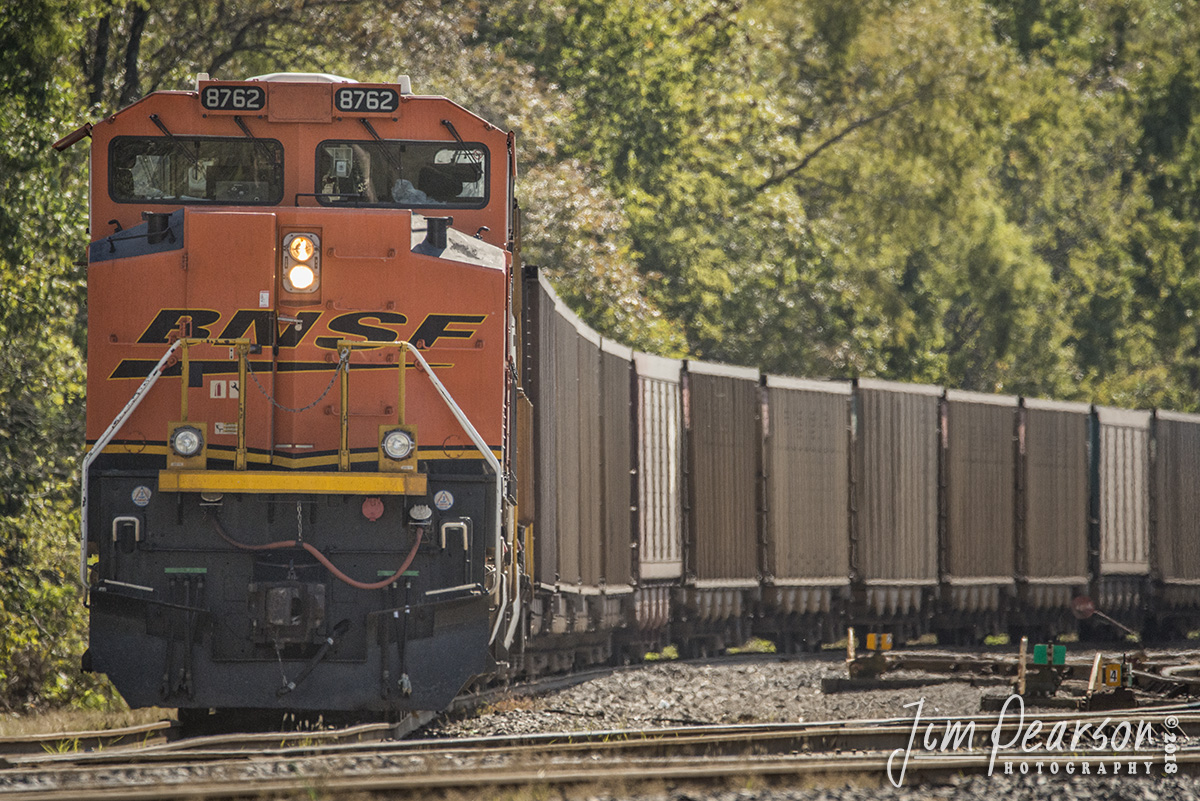
October 17, 2018 – BNSF Railway 8762 heads up a coal train at the south end of Paducah and Louisville Railways yard at Paducah, Kentucky as it waits for a crew in the warm evening light. – #jimstrainphotos #kentuckyrailroads #trains #fujixt1 #railroad #railroads #train #railways #railway #bnsf #palrailway
High Flight over Mortons Gap, Ky
Moonrise over Mortons Gap, Ky.
October 23, 2018 – Day 358 – iPhone 7 Plus Daily B/W Photo Challenge – Grandparents Day
October 22, 2018 – CSX crews keep an eye on LoRam Ditch Cleaner…
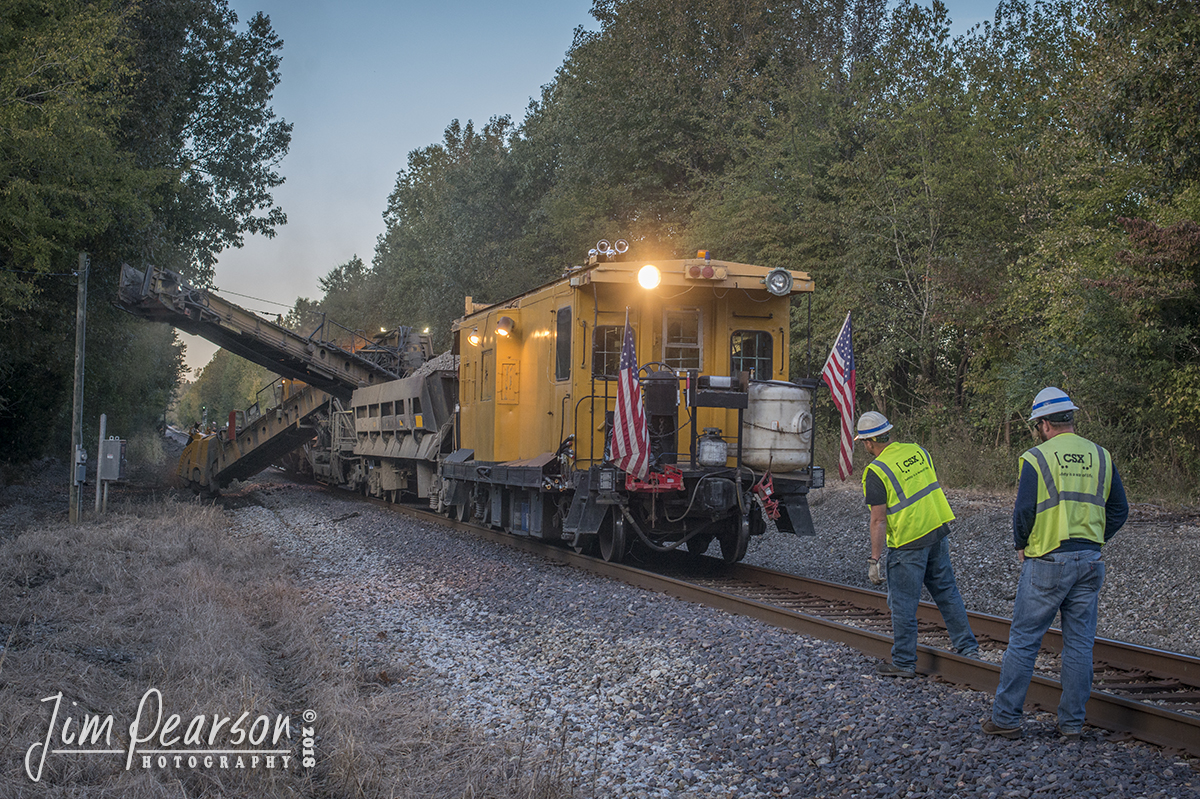
October 22, 2018 – CSX crews keep an eye on LoRam Ditch Cleaner (DC-2) as it works its way north on the Earlington Cutoff of the Henderson Subdivision at the Flat Creek Road Crossing in Mortons Gap, Ky.
According to LoRam’s Website: Ditch Cleaning Is essential for the longevity and foundational strength of a railway, proper ditch maintenance increases the stability of ballast and subgrade by moving water away from the track and right of way. Delivering substantial benefits and ROI, ditch cleaning increases cycle time between expensive surfacing and lining programs, prevents premature tie deterioration and ensures a long-lasting and stable track structure.
Lorams drainage maintenance solutions, including shoulder ballast cleaning, undercutting and ditch cleaning, work in concert to ensure that damaging water is intercepted and diverted from the track infrastructure.
Cleaned, maintained and properly-sloped ditches provide a host of benefits including: Facilitates vital drainage from the ballast section of the track, Manages the effects of penetrating water sources, Ensures the efficacy of track level drainage maintenance and Reduces or eliminates water-saturated track soils. – #jimstrainphotos #kentuckyrailroads #trains #nikond800 #railroad #railroads #train #railways #railway #csx #csxrailroad
October 24, 2018 – Day 359 – iPhone 7 Plus Daily B/W Photo Challenge – Looking Up
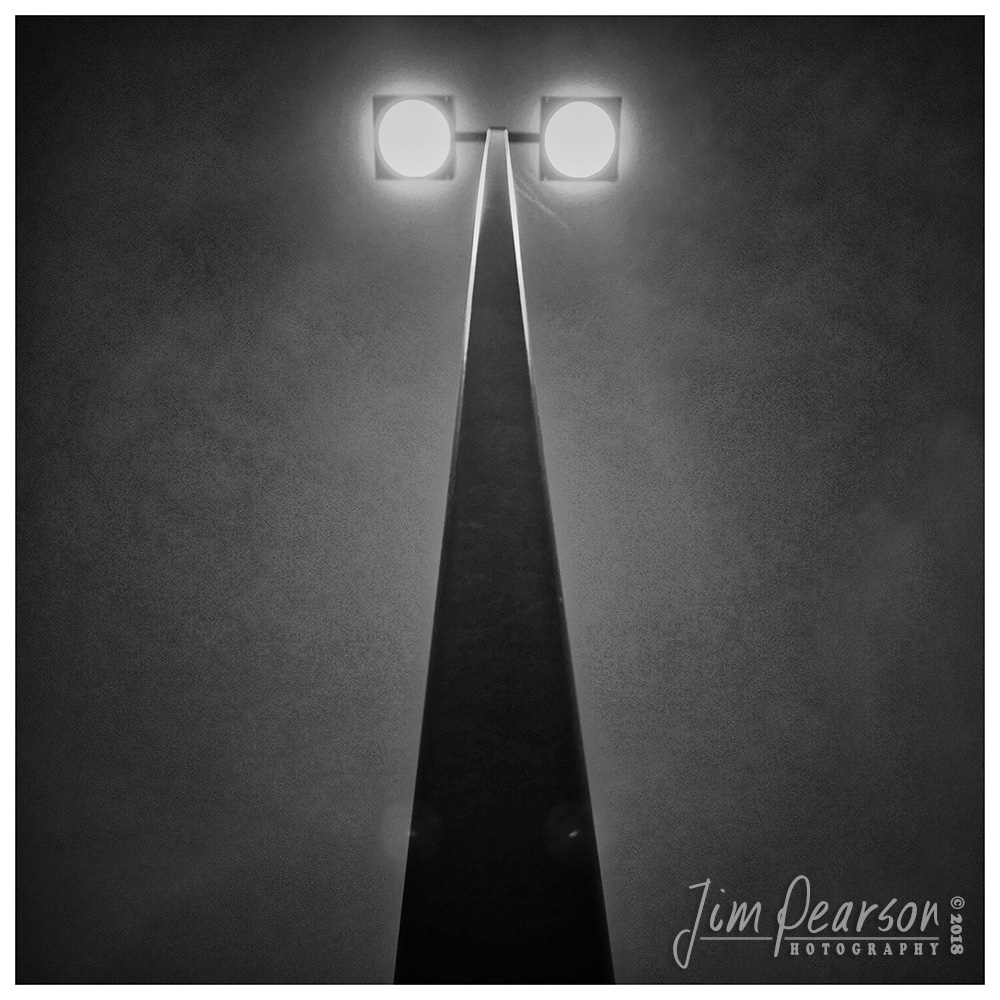
October 24, 2018 – Day 359 – iPhone 7 Plus Daily B/W Photo Challenge – Looking Up – Another shot for my ongoing “Light” series that I’ve been working on. This was at twilight looking up a light pole in the parking lot of our local Kroger store at dusk. Different perspectives will always add impact to your photographs!
October 17, 2018 – A set of 7 Paducah and Louisville Railway locomotives…
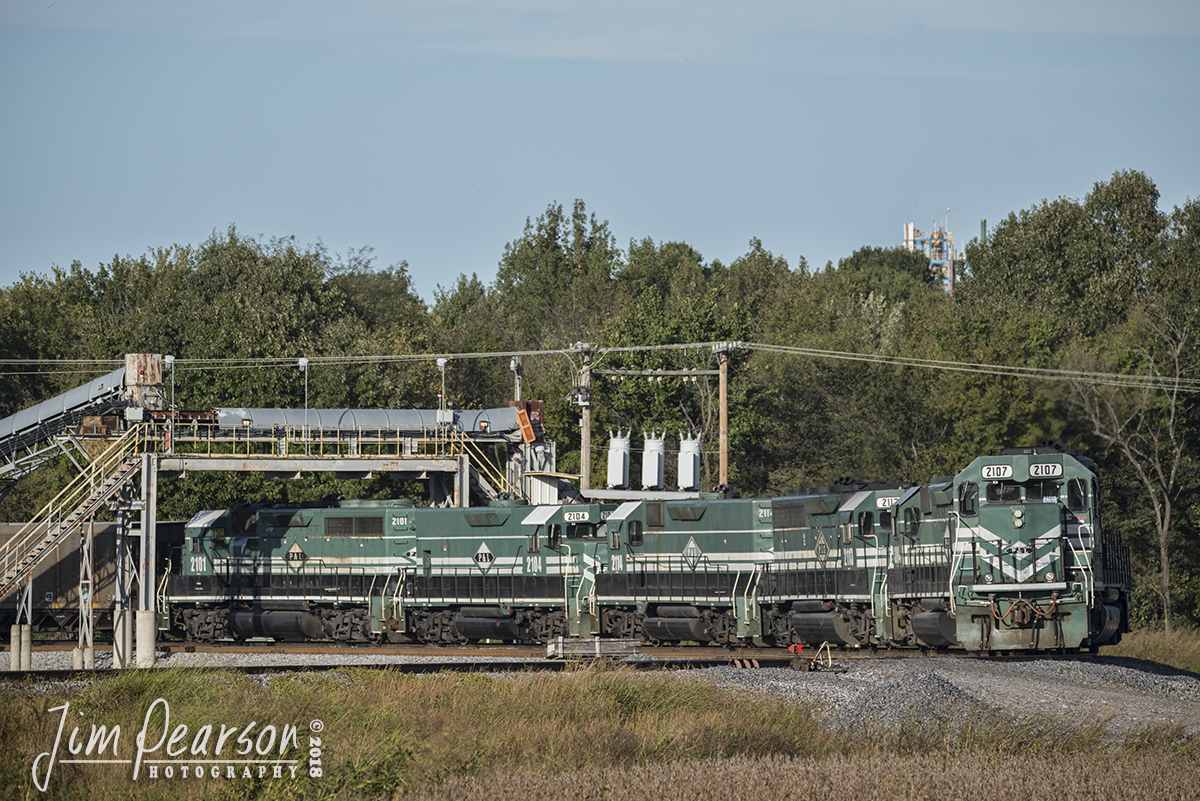
October 17, 2018 – A set of 7 Paducah and Louisville Railway locomotives sit on the outside track at Calvert City Terminal after dropping off their load of coal at Calvert City, Ky. – #jimstrainphotos #kentuckyrailroads #trains #nikond800 #railroad #railroads #train #railways #railway #pal #palrailway #paducahandlouisvillerailway
October 25, 2018 – Day 360 – iPhone 7 Plus Daily B/W Photo Challenge – Trick or Treat
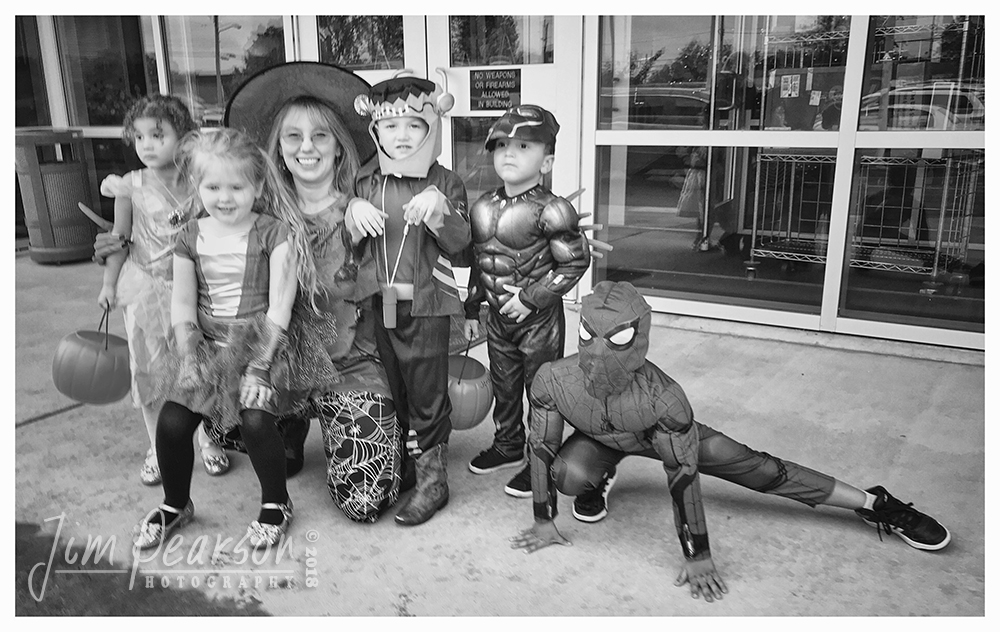
October 25, 2018 – Day 360 – iPhone 7 Plus Daily B/W Photo Challenge – Trick or Treat – My great-greats Journey, Elaina, Damion, Jordan and Jayden pose with their grandma Jeanne yesterday before heading into her workplace to do some Trick or Treating yesterday in Owensboro, Ky. They’ve been stopping by her office to do this since before most of them could even walk!
October 20, 2018 – Norfolk Southern 8455 leads CSX intermodal Q029…

October 20, 2018 – Norfolk Southern 8455 leads CSX intermodal Q029 (Chicago, IL – Atlanta, GA) as it passes through Morton’s Junction on the way south on the Henderson Subdivision at Mortons Gap, Kentucky on a crisp fall afternoon. I understand they’ll be leading Q028 when it comes northbound on Oct 22, 2018. – #jimstrainphotos #kentuckyrailroads #trains #nikond800 #railroad #railroads #train #railways #railway #csx #csxrailroad #nsrailway
October 20, 2018 – Day 355 – iPhone 7 Plus Daily B/W Photo Challenge – Window Artists
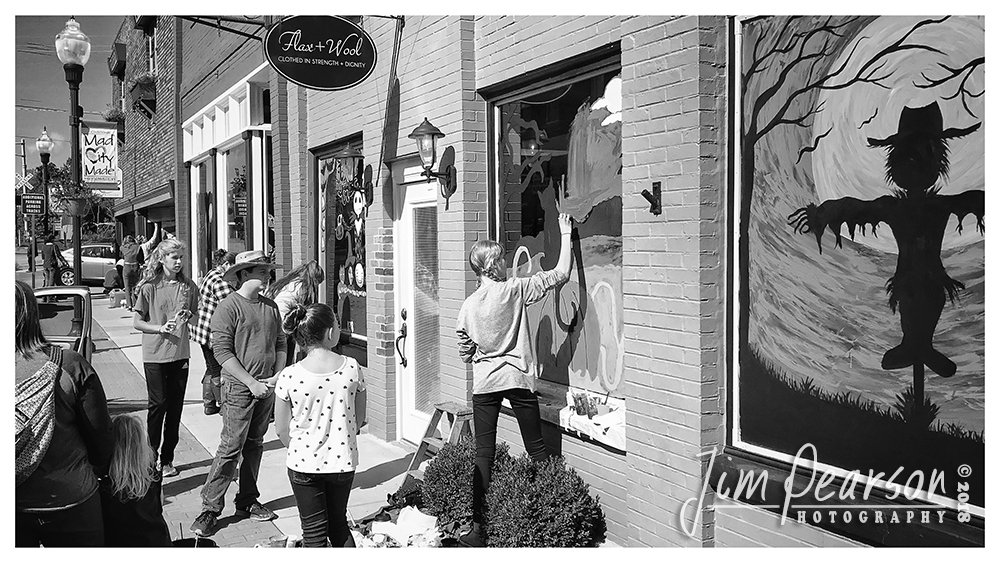
October 20, 2018 – Day 355 – iPhone 7 Plus Daily B/W Photo Challenge – Window Artists – Ever since I can remember, at least since I was a child over 60 years ago, the kids in our community have taken part in the annual Halloween Window Painting Contest in downtown Madisonville, Ky. Here we seen some of our older artists hard at work along Sugg Street and many of them doing a fine job indeed! Looking for things to photograph? Then check out your local community calendar sources for things happening that make for interesting photo possibilities!
October 17, 2018 – A patched Union Pacific 6378 (AC44CW), former SP 311 (AC44CW)…
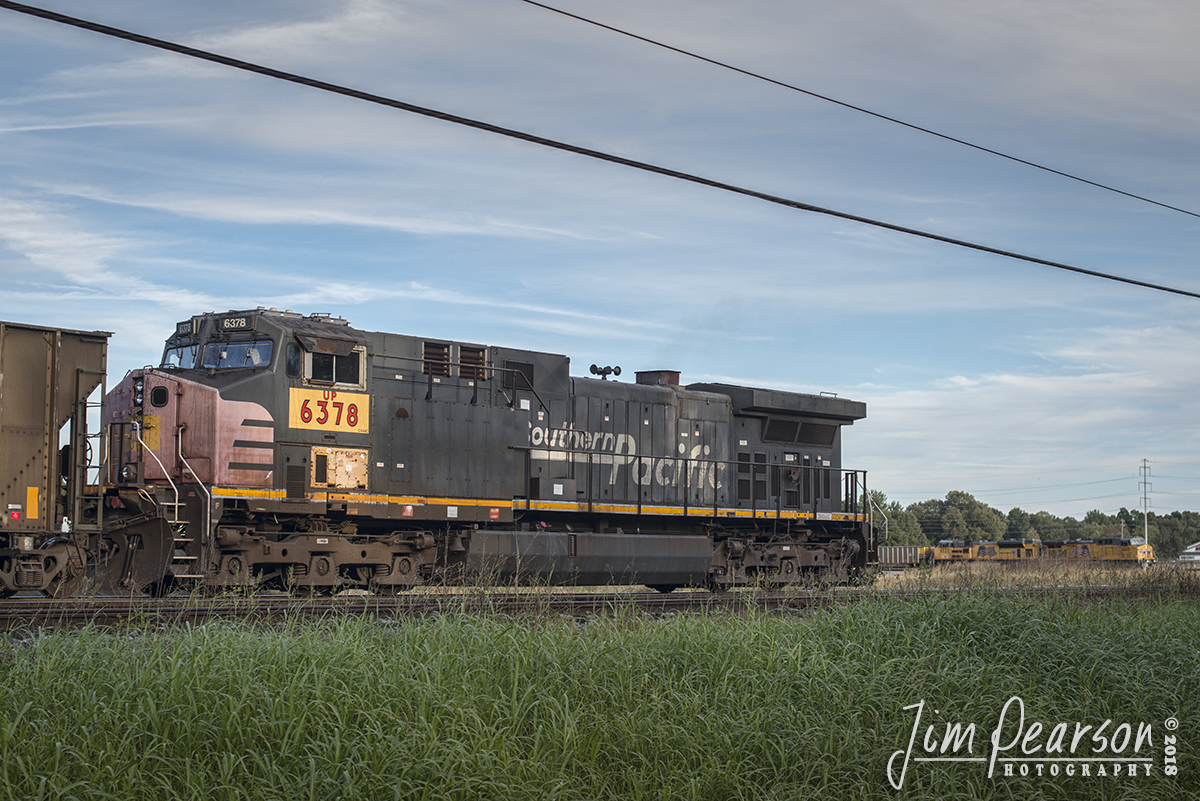
October 17, 2018 – A patched Union Pacific 6378 (AC44CW), former SP 311 (AC44CW), brings up the rear as the DPU of a UP loaded coal train as it enters the loop at Calvert City Terminal in Calvert City, Ky to deliver a load of coal. – #jimstrainphotos #kentuckyrailroads #trains #nikond800 #railroad #railroads #train #railways #railway #csx #csxrailroad
October 19, 2018 – Day 354 – iPhone 7 Plus Daily B/W Photo Challenge – Shades of Color
October 17, 2018 – Union Pacific 6609 leads a loaded coal…
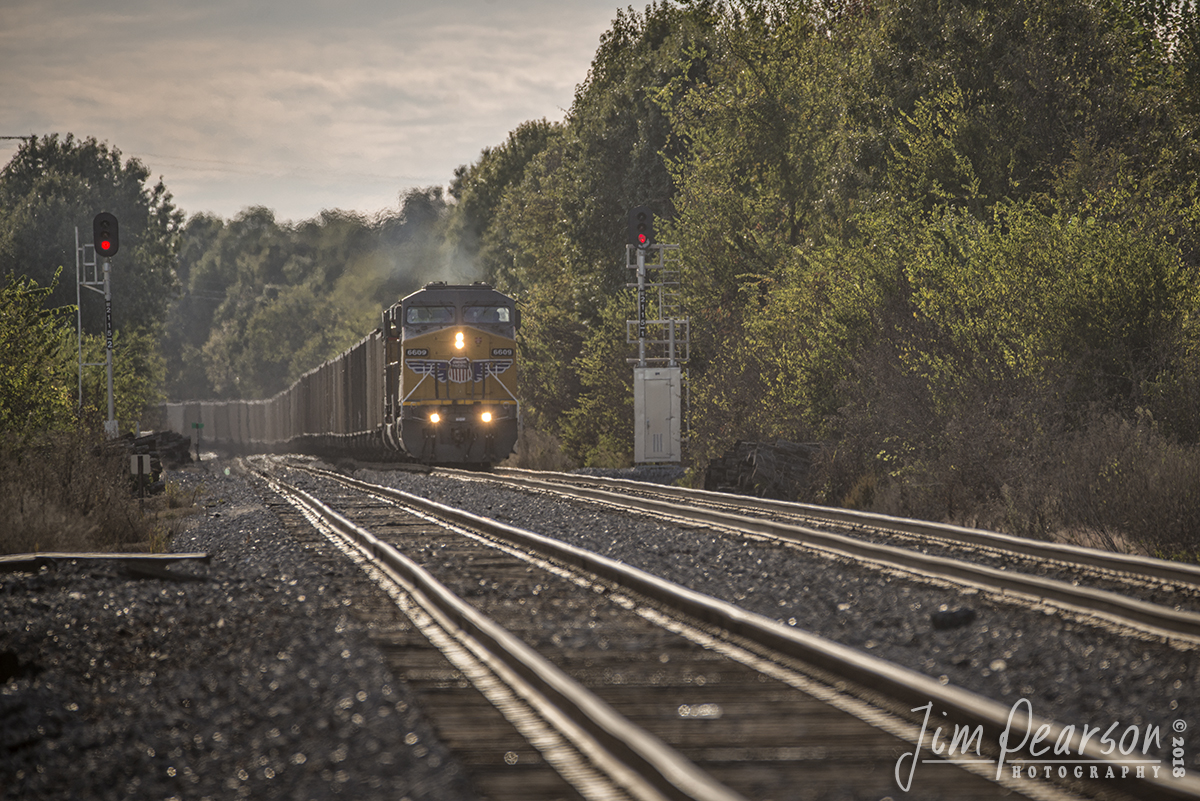
October 17, 2018 – Union Pacific 6609 leads a loaded coal train past the signals at MP 211.5 as it heads north along the Paducah and Louisville Railway, headed for the Calvert City Terminal, at Calvert City, Ky in the glow of the late afternoon sun. – #jimstrainphotos #kentuckyrailroads #trains #fujixt1 #railroad #railroads #train #railways #railway #csx #csxrailroad
October 17, 2018 – Union Pacific 6609 leads…
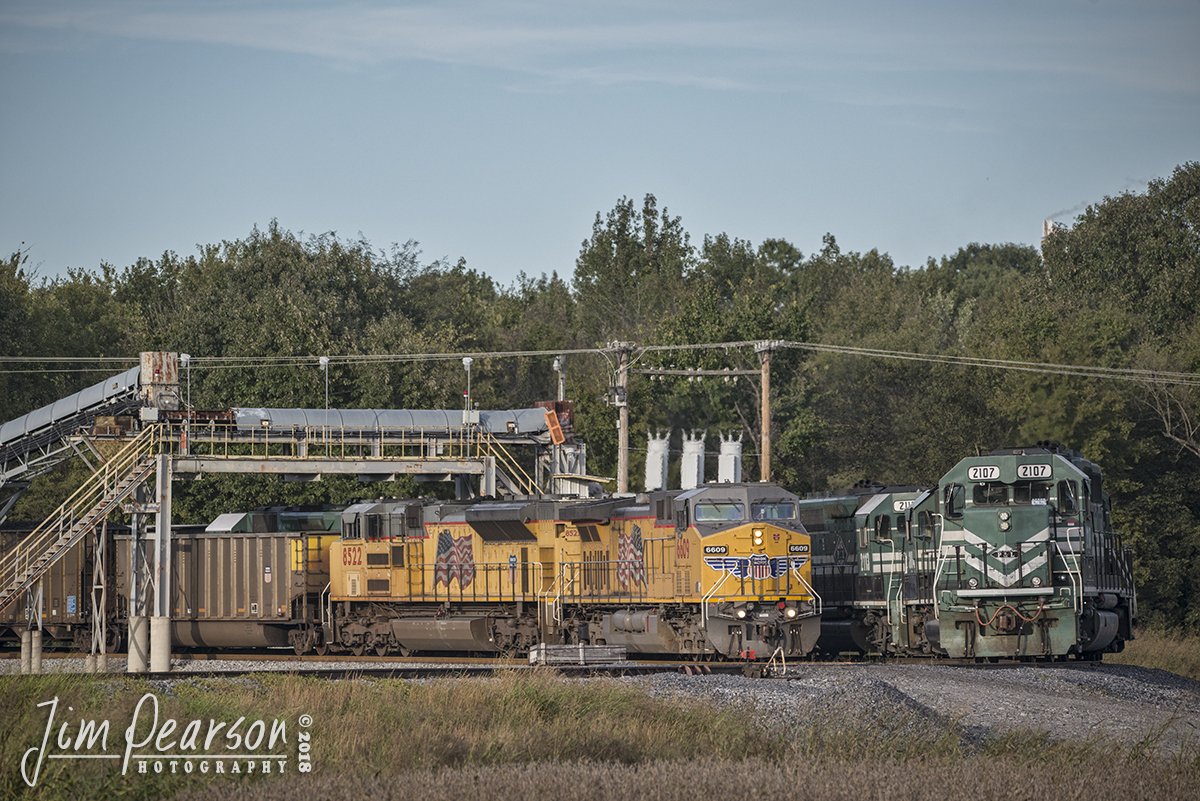
October 17, 2018 – Union Pacific 6609 leads a loaded coal train, past a string of 7 Paducah and Louisville units on an empty coal train, at the Calvert City Terminal in Calvert City, Kentucky as it prepares to unload. – #jimstrainphotos #kentuckyrailroads #trains #nikond800 #railroad #railroads #train #railways #railway #csx #csxrailroad
October 17, 2018 – Dust flies as Canadian National 2985…
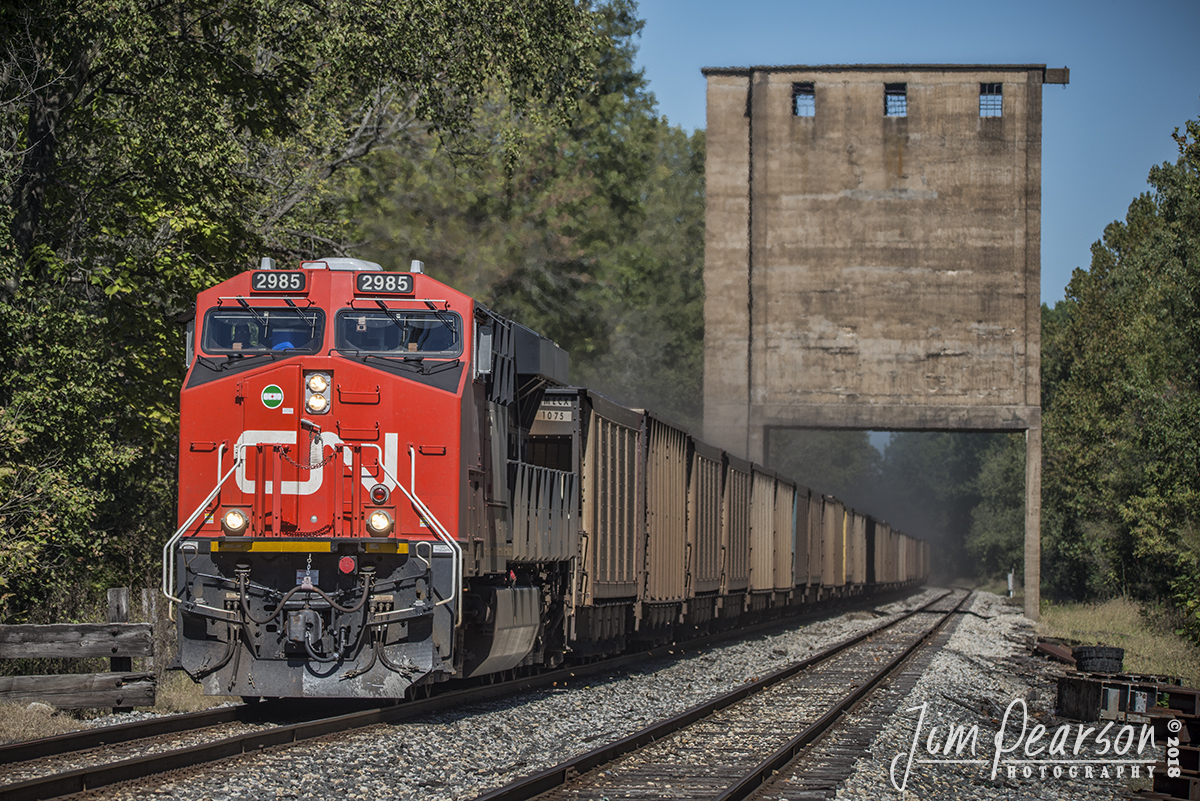
October 17, 2018 – Dust flies as Canadian National 2985 leads a loaded coal train under the old Illinois Central Coaling tower at Reevesville, Illinois on its way south on CN’s Bluford Subdivision, the Edgewood Cutoff.
According to Wikipedia: A coaling tower, coal stage or coaling station was a facility used to load coal as fuel into railway steam locomotives. Coaling towers were often sited at motive power depots or locomotive maintenance shops.
Coaling towers were constructed of wood, steel-reinforced concrete, or steel. In almost all cases coaling stations used a gravity fed method, with one or more large storage bunkers for the coal elevated on columns above the railway tracks, from which the coal could be released to slide down a chute into the waiting locomotive’s coal storage area. The method of lifting the bulk coal into the storage bin varied. The coal usually was dropped from a hopper car into a pit below tracks adjacent to the tower. From the pit a conveyor-type system used a chain of motor-driven buckets to raise the coal to the top of the tower where it would be dumped into the storage bin; a skip-hoist system lifted a single large bin for the same purpose. Some facilities lifted entire railway coal trucks or wagons. Sanding pipes were often mounted on coaling towers to allow simultaneous replenishment of a locomotive’s sand box.
As railroads transitioned from the use of steam locomotives to the use of diesel locomotives in the 1950s the need for coaling towers ended. Many reinforced concrete towers remain in place if they do not interfere with operations due to the high cost of demolition incurred with these massive structures. – #jimstrainphotos #illinoisrailroads #trains #nikond800 #railroad #railroads #train #railways #railway #cnrailway
October 15, 2018 – Well, they say third time is charm!!
October 15, 2018 – Well, they say third time is charm!! This is the third time I’ve seen this geometry car, CSX W002, GMS-2, in as many days, but today I was finally able to capture it with my camera! It’s been inspecting track on the Paducah and Louisville Railway (PAL), which I wasn’t in the position to chase or photograph. Today I caught it after it left the PAL at East Diamond and came back onto the south end of CSX’s Atkinson Yard in Madisonville, Ky on the Henderson Subdivision where it tied down.
According to Wikipedia, A track geometry car (also known as a track recording car) is an automated track inspection vehicle on a rail transport system used to test several geometric parameters of the track without obstructing normal railroad operations. Some of the parameters generally measured include position, curvature, alignment of the track, smoothness, and the cross level of the two rails. The cars use a variety of sensors, measuring systems, and data management systems to create a profile of the track being inspected.
Track geometry cars emerged in the 1920s when rail traffic became sufficiently dense that manual and visual inspections were no longer practical. Furthermore, the increased operating speeds of trains of that era required more meticulous maintained tracks. In 1925, the Chemins de fer de l’Est put a track geometry car into operation carrying an accelerograph developed by Emile Hallade, the inventor of the Hallade Method. The accelerograph could record horizontal and vertical movement as well as roll. It was fitted with a manual button to record milestones and stations in the record. Such car was developed by travaux Strasbourg now part of GEISMAR Group. By 1927 the Atchison, Topeka and Santa Fe Railway had a track car in operation followed by the Estrada de Ferro Central do Brasil in 1929. These two cars were built by Baldwin using the gyroscope technology of Sperry Corporation.
The first track geometry car in Germany appeared in 1929 and was operated by Deutsche Reichsbahn. The equipment for this car came from Anschütz in Kiel, a company currently owned by Raytheon. In Switzerland, the first track geometry recording equipment was integrated in an already existing dynamometer car in 1930.
One of the earliest track geometry cars was Car T2 used by the U.S. Department of Transportation’s Project HISTEP (High-Speed Train Evaluation Program). It was built by the Budd Company especially for Project HISTEP to evaluate track conditions between Trenton and New Brunswick, NJ, where the DOT had established a section of track for testing high-speed trains, and accordingly, the T2 ran at speeds of 150 miles per hour or faster.
Many of the first regular service geometry cars were created from old passenger cars outfitted with the appropriate sensors, instruments, and recording equipment, coupled behind a locomotive. By at least 1977, self-propelled geometry cars had emerged. Southern Pacific’s GC-1 (built by Plasser American) was among the first and utilized twelve measuring wheels in conjunction with strain gauges, computers, and spreadsheets to give managers a clear picture of the condition of the railroad. Even in 1981, the Encyclopedia of North American Railroads considered this the most advanced track geometry car in North America. – #jimstrainphotos #kentuckyrailroads #trains #fujixt1 #railroad #railroads #train #railways #railway #csx #csxrailroad

